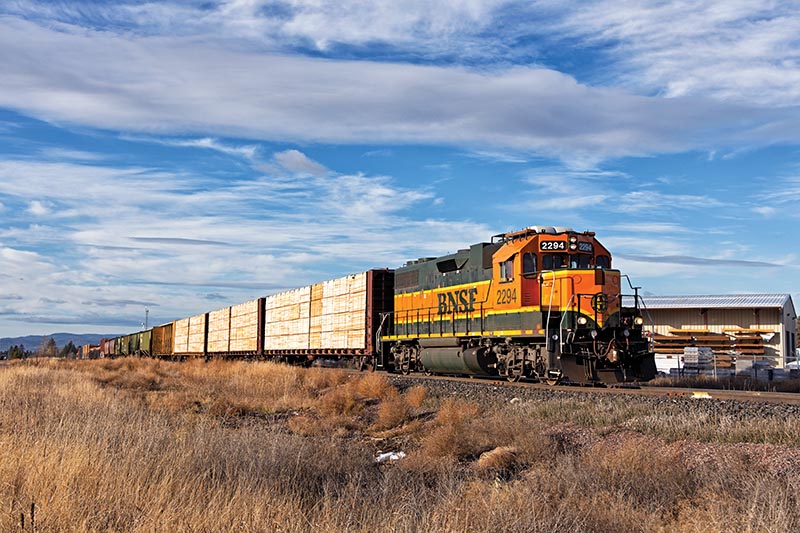By Justin Franz
The U.S. Surface Transportation Board announced on April 30, that shippers will soon have an easier time requesting service from another Class I in terminal areas when the railroad they normally ship with is not providing adequate service, a practice known as “reciprocal switching.”
“Reciprocal Switching” is what happens when a customer that is only served by one railroad arranges for another nearby railroad to move its traffic. However, the practice is rare in modern railroading. While shippers and trade groups have long said it would increase competition, Class I railroads (through their lobbying group, the Association of American Railroads) have said it would wreak havoc on the rail network by letting multiple railroads operate on one line (although that isn’t unusual elsewhere in the world). According to the STB, no rail customer has succeeded in obtaining a reciprocal switching order in the last 40 years. In fact, because of the perceived challenges of getting such an order, no customer has even attempted to request once since 1990. In 2016, the STB announced that it was going to make it easier for customers to gain access to multiple railroads, an idea that was quickly denounced by the industry.
Last year, the board proposed uniform standards that the Class Is would have to maintain in order to avoid having the STB issue a reciprocal switching order to a customer. The hope is that the Class Is will ensure that their service does not drop below a certain level so that they never have to face a potential service order. The standards include “Service Reliability,” “Service Consistency” and “Inadequate Local Service.” Service Reliability, for example, means that a railroad ensures shipments get to their destination when promised the (“original estimated time of arrival” or OETA) at least 70 percent of the time over the course of 12 weeks (the proposal from last year initially called for just 60 percent of the time). The STB would also consider if service issues were the result of natural disasters out of a railroad’s control before issuing a service order.
While shippers have lobbied for a reciprocal switching rule for years, the STB finally felt it needed to act during he service crisis a few years ago.


